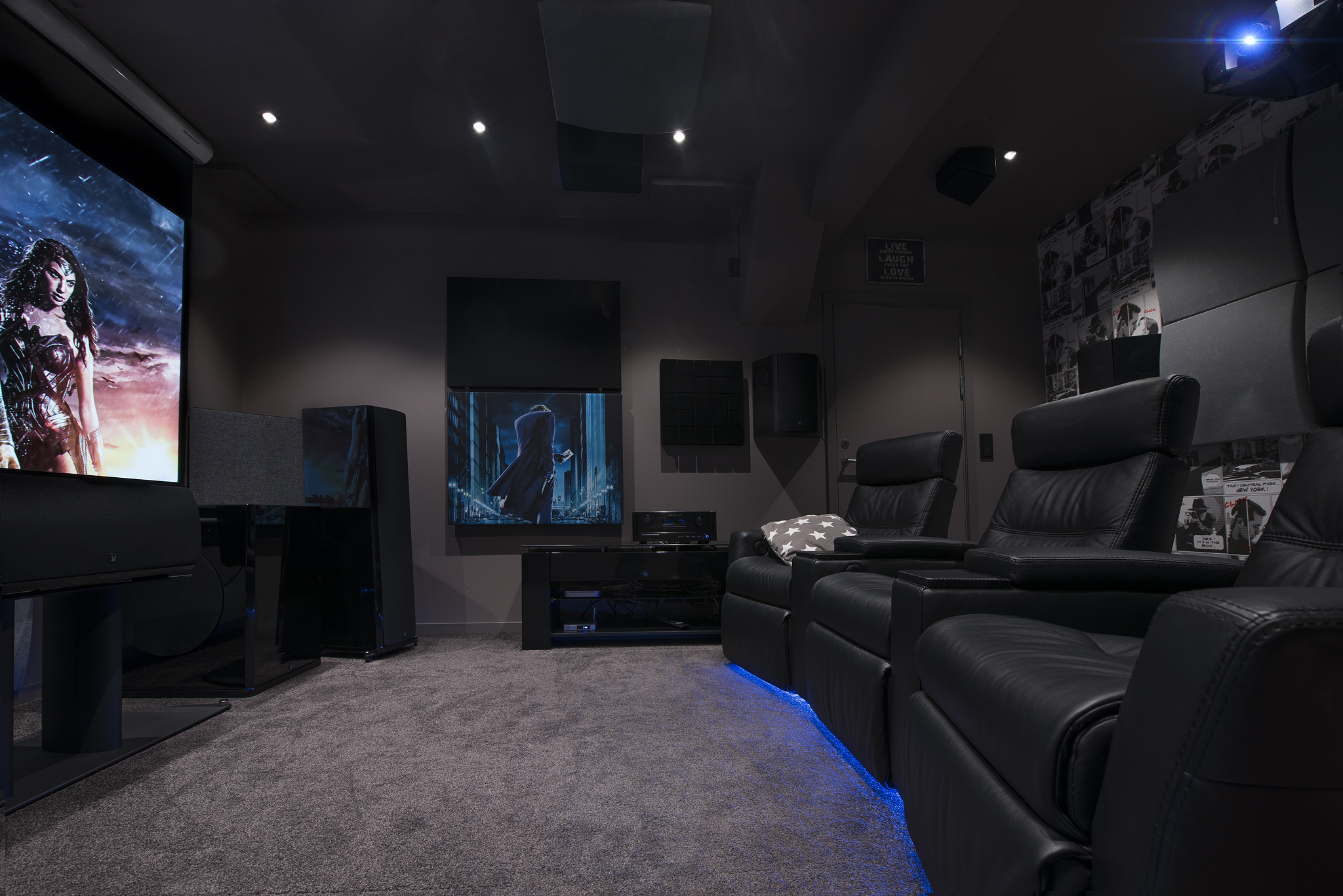How-To: Time-Alignment between Speakers and Subwoofer
Article summary - TL;DR
- Time-alignment enhances audio fidelity, making your listening experience more enjoyable.
- Use simple formulas to calculate speaker delays in milliseconds based on their distance.
- Measure from the furthest speaker to adjust the delay for others accordingly.
- Our subwoofer amplifiers come with an 8-millisecond delay; incorporate this into your calculations for other speakers.
- Enhance your audio-visual setup with the 1723 Subwoofer 1S for controlled, precise bass that complements your time-alignment efforts.
Time-alignment is crucial to a high fidelity experience but is definitely intimidating to those who are unfamiliar with the process. With this short guide, we hope to make the time-alignment process much less painful, and for some, even fun.

Basic Time-Alignment Formula
Professional software typically measures time-alignment/delay in milliseconds, but some software makes it easier by using meters/feet. To calculate milliseconds, use the following formula:
Meters / Speed of sound (343 m/s in room temperature) * 1000 = delay in miliseconds.
Feet / Speed of sound (1125 f/s in room temperature) * 1000 = delay in miliseconds.
How to Measure
Measure the distance to the speaker furthest away, and then add delay to the remaining speakers so that their delay is equal to the difference in distance between it and the furthest speaker.
Example: 2 subwoofers in the same room, one subwoofer is placed 4 meters away from the listening position, and the other is placed 3 meters away. The difference in distance in this example is 1 meter. Thus you want to delay the signal to the closest subwoofer by 1 meter (1 / 343 * 1000 = 2,915 ms). So in this case the closest setting will be a 3-millisecond delay.
Repeat until all speaker distance delays have been calculated.
The Trick
Our subwoofer amplifiers have an 8-millisecond delay, so to time-align them with other speakers, do the calculations above, then simply add 8-milliseconds to the delay of each speaker in your setup that is not an Arendal Sound subwoofer.
And voilà, your speakers and subwoofers are time-aligned.
Frequently asked questions
What is time-alignment in audio systems?
Time-alignment is the process of synchronizing audio signals from different speakers so that they reach the listener at the same time, enhancing the listening experience.
How do I measure time-alignment for my speakers?
Measure the distance to the furthest speaker, then add delay to closer speakers based on the distance difference to ensure they all reach the listener simultaneously.
Can I calculate time-delay in feet?
Yes, you can use feet. The formula is Feet / Speed of sound (1125 f/s) * 1000 = delay in milliseconds.
What if my subwoofers are Arendal Sound models?
If your subwoofers are Arendal Sound models, simply add 8 milliseconds to the calculated delay of each non-Arendal speaker to achieve time-alignment.
How do I calculate the delay in milliseconds?
Use this formula: Meters / Speed of sound (343 m/s) * 1000 = delay in milliseconds. For example, a distance of 1 meter equals a 2.915-millisecond delay.
Why is time-alignment important for high fidelity?
Time-alignment ensures that sounds from different speakers reach the listener's ears simultaneously, resulting in a clearer and more immersive audio experience.
Is time-alignment difficult to achieve?
Not at all! While it may seem intimidating, following the basic measurement and calculation steps makes the time-alignment process straightforward and even enjoyable.
What’s an example of setting time-alignment for subwoofers?
If you have two subwoofers, with one 4 meters away and the other 3 meters, you would delay the signal to the closer subwoofer by approximately 3 milliseconds to ensure synchronization.
What tools do I need for time-alignment?
Professional software can help measure delay in milliseconds, but basic measurements can also be done with a tape measure and simple math calculations.








